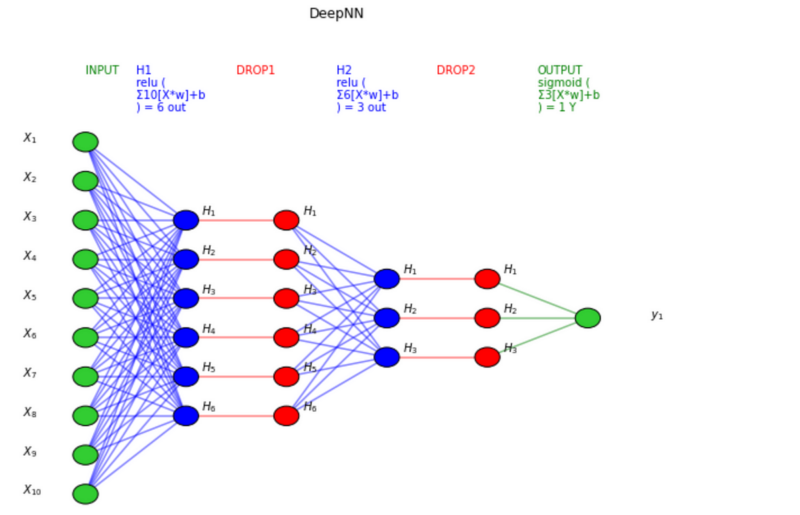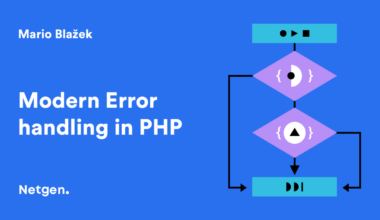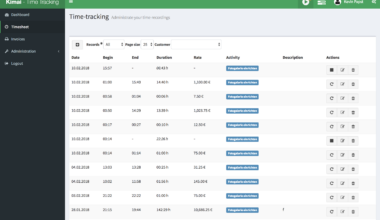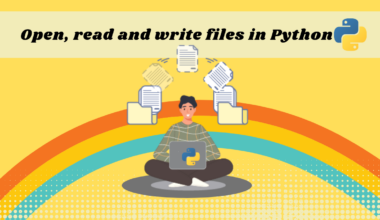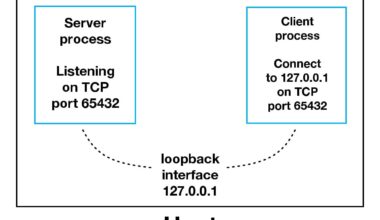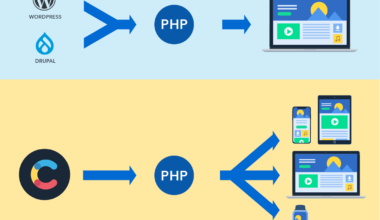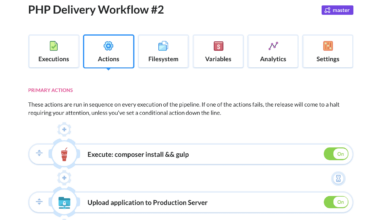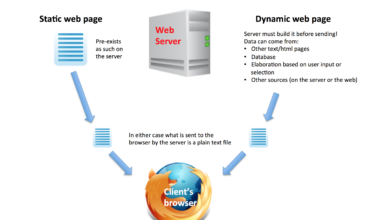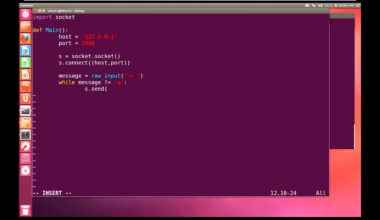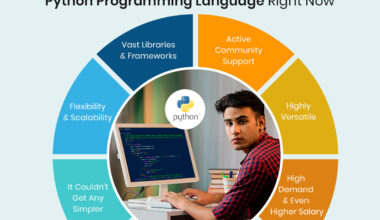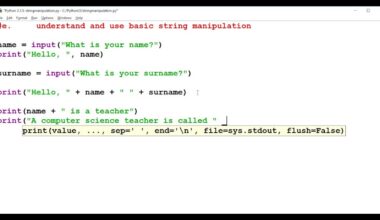Introduction to Python Deep Learning
As the field of artificial intelligence continues to grow, deep learning has emerged as a powerful tool in machine learning. Python, being a versatile programming language, has become a popular choice for building deep learning models. Python libraries such as TensorFlow, Keras, and PyTorch have made it easier to build and train complex neural networks.
If you’re new to Python deep learning, it can seem like a daunting field to dive into. However, with the right approach and resources, you can quickly learn the basics and take your skills to the next level. In this article, we’ll provide you with an introduction to Python deep learning and what you need to know to get started.
One of the fundamental concepts of deep learning is neural networks, which are modeled after the human brain. A neural network consists of layers of interconnected nodes that process information and make predictions. Python libraries such as TensorFlow and Keras provide pre-built neural network architectures that you can use for different tasks such as image classification, natural language processing, and more.
To get started with Python deep learning, it’s important to have a strong foundation in Python programming. If you’re new to Python, it’s recommended that you familiarize yourself with the language before diving into deep learning. Once you have a good understanding of Python programming, you can start learning the basics of neural networks.
There are many resources available for learning about neural networks and deep learning with Python. Online courses such as the Deep Learning Specialization on Coursera and the TensorFlow Developer Certificate program are great places to start. These courses provide a comprehensive introduction to deep learning and cover topics such as convolutional neural networks, recurrent neural networks, and more.
In addition to online courses, there are also many books and tutorials available for learning about Python deep learning. The “Python Machine Learning” book by Sebastian Raschka is a popular resource for learning about machine learning with Python. The TensorFlow website also provides many tutorials and resources for learning about deep learning with TensorFlow.
In conclusion, Python deep learning is a powerful tool in machine learning that can help you solve complex problems. With the right resources and approach, you can quickly learn the basics of neural networks and take your skills to the next level. Whether you’re a beginner or an experienced developer, there are many resources available for learning about Python deep learning.
Understanding the Basics of Neural Networks
Neural networks are the fundamental building blocks of deep learning. They are modeled after the human brain and consist of layers of interconnected nodes, called neurons. These neurons process information and make predictions based on the input data they receive.
To understand how neural networks work, let’s take a look at a simple example. Consider a neural network that is trained to recognize handwritten digits. The input to the neural network is an image of a digit, and the output is the predicted digit.
The neural network consists of three types of layers: input layer, hidden layers, and output layer. The input layer consists of neurons that receive the image data. The hidden layers consist of neurons that process the input data and learn to recognize patterns. The output layer consists of neurons that make the final prediction.
During the training process, the neural network adjusts the weights and biases of the neurons to minimize the error between the predicted output and the actual output. This process is called backpropagation and is done using optimization algorithms such as gradient descent.
There are many different types of neural networks, each designed for specific tasks. Some of the most commonly used neural network architectures include:
- Convolutional Neural Networks (CNNs) – used for image processing tasks
- Recurrent Neural Networks (RNNs) – used for sequential data processing tasks
- Generative Adversarial Networks (GANs) – used for generating new data
Python libraries such as TensorFlow and Keras provide pre-built neural network architectures that you can use for different tasks such as image classification, natural language processing, and more. These libraries also provide tools for building custom neural networks from scratch.
To get started with neural networks in Python, it’s important to have a good understanding of linear algebra and calculus. These concepts are essential for understanding how neural networks work and how to optimize them using backpropagation.
In conclusion, neural networks are the core of deep learning and are essential for solving complex problems. With the right resources and approach, you can quickly learn the basics of neural networks and start building your own deep learning models in Python.
Advanced Techniques for Deep Learning
Once you have a strong foundation in Python and neural networks, you can start exploring advanced techniques for deep learning. These techniques can help you improve the performance of your models and make them more accurate.
One of the most popular techniques for improving the performance of neural networks is regularization. Regularization is a method used to prevent overfitting, which occurs when a model is too complex and fits the training data too closely. Regularization methods include L1 and L2 regularization, dropout, and early stopping.
L1 and L2 regularization are methods used to add a penalty term to the loss function of a neural network. This penalty term discourages the weights of the network from becoming too large and helps to prevent overfitting. Dropout is another regularization method that randomly drops out some neurons during training to prevent the network from relying too heavily on any one neuron. Early stopping is a method used to stop the training process when the validation loss starts to increase, which indicates that the model is overfitting.
Another advanced technique for deep learning is transfer learning. Transfer learning is a method used to transfer the knowledge learned by a pre-trained neural network to a new, similar task. This can help to improve the performance of the new model and reduce the amount of training data required. Python libraries such as TensorFlow and Keras provide pre-trained models that can be used for transfer learning.
Another technique for improving the performance of deep learning models is hyperparameter tuning. Hyperparameters are the parameters of a neural network that are set before training, such as the learning rate and batch size. Hyperparameter tuning involves systematically testing different values for these parameters to find the optimal combination for a given task. Python libraries such as TensorFlow and Keras provide tools for hyperparameter tuning, such as the Keras Tuner.
In conclusion, advanced techniques for deep learning can help you improve the performance of your models and make them more accurate. Regularization, transfer learning, and hyperparameter tuning are just a few of the techniques that you can use to take your deep learning skills to the next level. With the right resources and approach, you can quickly learn these techniques and start building more powerful deep learning models in Python.
Building and Training Deep Learning Models
Now that you have a good understanding of neural networks and the basics of Python deep learning, it’s time to start building and training your own deep learning models. In this section, we’ll walk you through the process of building and training a simple neural network using Python and the TensorFlow library.
First, you’ll need to install TensorFlow on your computer. You can download TensorFlow from the official website
here
. Once you have installed TensorFlow, you can start building your neural network.
To build a neural network in TensorFlow, you’ll need to define the layers of the network and the activation functions used in each layer. For our example, we’ll build a simple neural network with an input layer, a hidden layer with 128 neurons, and an output layer.
Here is the code for building the neural network in TensorFlow:
import tensorflow as tf
# Define the layers of the neural network
model = tf.keras.Sequential([
tf.keras.layers.Flatten(input_shape=(28, 28)),
tf.keras.layers.Dense(128, activation='relu'),
tf.keras.layers.Dense(10)
])
In this code, we define a sequential model using the `tf.keras.Sequential` function. We then define the layers of the neural network using the `tf.keras.layers` module. The `Flatten` layer is used to flatten the input data, which in our case is a 28×28 image. The `Dense` layer is used to define the hidden layer with 128 neurons and the output layer with 10 neurons, which corresponds to the 10 possible digits.
Once you have defined the layers of the neural network, you can compile the model using the `compile` function. Here is the code for compiling the model:
# Compile the model
model.compile(optimizer='adam',
loss=tf.keras.losses.SparseCategoricalCrossentropy(from_logits=True),
metrics=['accuracy'])
In this code, we specify the optimizer used during training, which in our case is the Adam optimizer. We also specify the loss function, which is the Sparse Categorical Crossentropy, and the metrics used to evaluate the model, which is accuracy.
Now that you have defined and compiled the neural network, you can start training the model using the `fit` function. Here is the code for training the model:
# Train the model
model.fit(train_images, train_labels, epochs=10,
validation_data=(test_images, test_labels))
In this code, we specify the training data, which is the `train_images` and `
Applications of Python Deep Learning
Python deep learning has a wide range of applications in various fields. Here are some of the most common applications of Python deep learning:
Image and Video Recognition
One of the most popular applications of Python deep learning is image and video recognition. Convolutional Neural Networks (CNNs) are commonly used for image recognition tasks, such as object detection, facial recognition, and image classification. Python libraries such as TensorFlow and Keras provide pre-trained CNN models that can be used for these tasks.
For video recognition tasks, Recurrent Neural Networks (RNNs) are commonly used. RNNs can be used to recognize and track objects in a video, and can also be used for tasks such as action recognition and video captioning.
Natural Language Processing
Python deep learning is also commonly used for natural language processing tasks, such as text classification, sentiment analysis, and language translation. Recurrent Neural Networks (RNNs) and Long Short-Term Memory (LSTM) networks are commonly used for these tasks.
Python libraries such as TensorFlow and Keras provide pre-trained models for natural language processing tasks, such as the Google BERT model for text classification and the Google Translate model for language translation.
Speech Recognition
Python deep learning is also used for speech recognition tasks, such as speech-to-text conversion and voice recognition. Convolutional Neural Networks (CNNs) and Recurrent Neural Networks (RNNs) are commonly used for these tasks.
Python libraries such as TensorFlow and Keras provide pre-trained models for speech recognition tasks, such as the Google Speech Recognition model for speech-to-text conversion.
Healthcare
Python deep learning is also being used in the healthcare industry for tasks such as medical image analysis, drug discovery, and disease diagnosis. Convolutional Neural Networks (CNNs) are commonly used for medical image analysis tasks, such as detecting tumors and identifying abnormalities in medical images.
Python libraries such as TensorFlow and Keras provide pre-trained models for medical image analysis tasks, such as the CheXNet model for detecting pneumonia in chest x-rays.
Finance
Python deep learning is also being used in the finance industry for tasks such as fraud detection, risk management, and stock price prediction. Recurrent Neural Networks (RNNs) are commonly used for stock price prediction tasks, while Convolutional Neural Networks (CNNs) are commonly used for fraud detection tasks.
Python libraries such as TensorFlow and Keras provide pre-trained models for finance tasks, such as the Google TensorFlow Fraud Detection model for detecting fraudulent transactions.
In conclusion, Python deep
Final Thoughts on Python Deep Learning
Python deep learning is a vast and rapidly growing field with numerous applications in various industries. With the right approach and resources, anyone can learn and master the skills required to build and train deep learning models using Python.
To summarize, here are some key takeaways from this article:
- Python is a versatile programming language that has become a popular choice for building deep learning models.
- Neural networks are the fundamental building blocks of deep learning and are modeled after the human brain.
- There are many resources available for learning about neural networks and deep learning with Python, such as online courses, books, and tutorials.
- Advanced techniques such as regularization, transfer learning, and hyperparameter tuning can help to improve the performance of deep learning models.
- Python deep learning has numerous applications in various fields, such as image and video recognition, natural language processing, speech recognition, healthcare, and finance.
If you’re interested in learning more about Python deep learning, there are many resources available online. Whether you’re a beginner or an experienced developer, there are courses, books, and tutorials available that can help you take your skills to the next level.
In conclusion, Python deep learning is a powerful tool that can help you solve complex problems and make a difference in the world. With the right mindset and resources, you can master the skills required to build and train deep learning models and make a positive impact on society.
